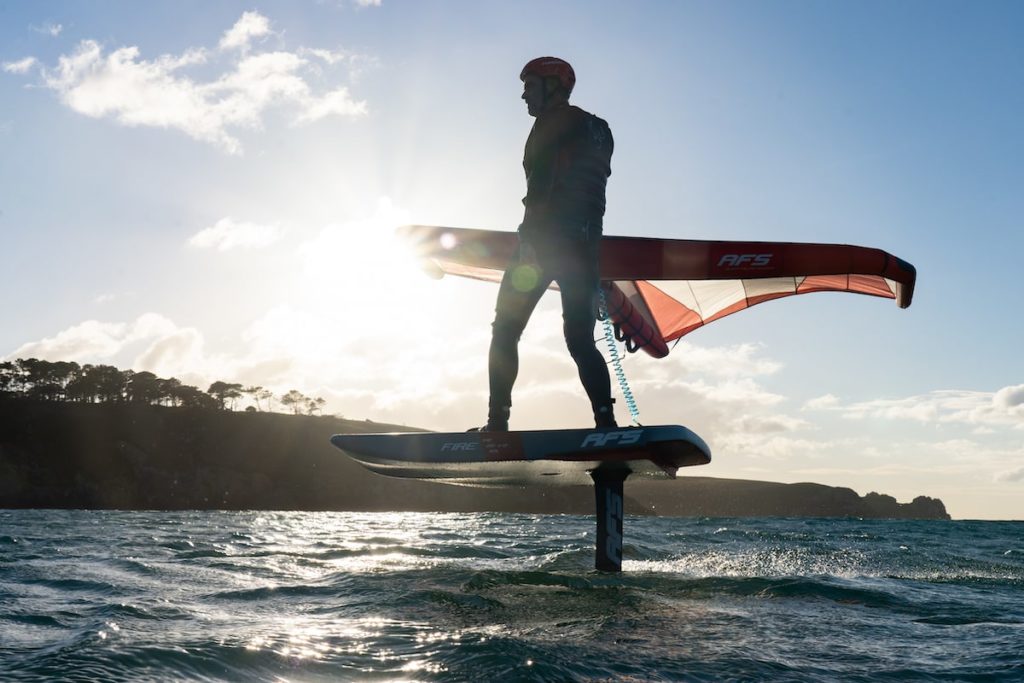The mast is important in choosing your wing equipment. It is the backbone of your foil! Three criteria should be taken into account: the material, the profile, and the size.

In terms of material, as you probably know, there are two main types of materials used in wing foil mast construction: aluminum and carbon. A question we often receive is, ‘Which one is lighter?’ The answer is both yes and no. In fact, there is another criterion to consider, which is rigidity. If we compare two masts, one made of aluminum and the other made of carbon, with equal rigidity, the aluminum mast will be heavier than the carbon mast. Another aspect to consider is the quality/type of carbon used. There are different types of carbon. A carbon mast with one construction type will not have the same rigidity as a mast with a different construction type. Don’t hesitate to ask about the type of carbon used in the masts. For example, in our ALPHA range of masts (whether it’s the ALPHA or ALPHA PERFORMER), we use high-modulus and even ultra-high-modulus carbon, which provides greater rigidity. We go as far as using pitch fiber, which is not found in the Asian market and meets military standards. When it comes to this aspect, ‘made in France’ is unbeatable!
Let’s simply compare our two masts, the Alpha and the Performer. The Alpha mast is designed with slightly thicker profiles and a slightly wider chord, providing stability during navigation. On the other hand, the Performer mast is specifically designed to enhance your wing foil practice, featuring a reduced chord and a thinner profile to provide more maneuverability.
The last criterion to consider is the length of the mast. The shorter the mast, the less draft it has. This can be advantageous for surf foil sessions where you often navigate in shallow waters. Additionally, with shorter masts, the pumping movements and amplitude are shorter. The pumping technique in surf foiling differs from that with a longer mast. Lastly, as you all know, a shorter mast is easier to fit in a car. It also prevents having to walk too long before being able to flip the board and put the foil in the water.
A longer mast provides more tolerance. Why? With a longer mast, you have more time to react when you feel, for example, that your wing is about to come out of the water. “Attention, my wing is coming out of the water, I’m going to put pressure on my front foot!” This allows you to gain confidence and reach higher speeds. You will really appreciate this confidence and increased reaction time. The same advantage applies to board touches. It gives you more time to react and lift the board. These are often the masts we recommend for those seeking speed or navigating in choppy waters. The fact that you have more height prevents you from constantly playing and juggling with the chop. Finally, the last advantage of a longer mast is that you will have a much greater range of motion, resulting in higher pumping height
Kai Sports
Features
Size chart